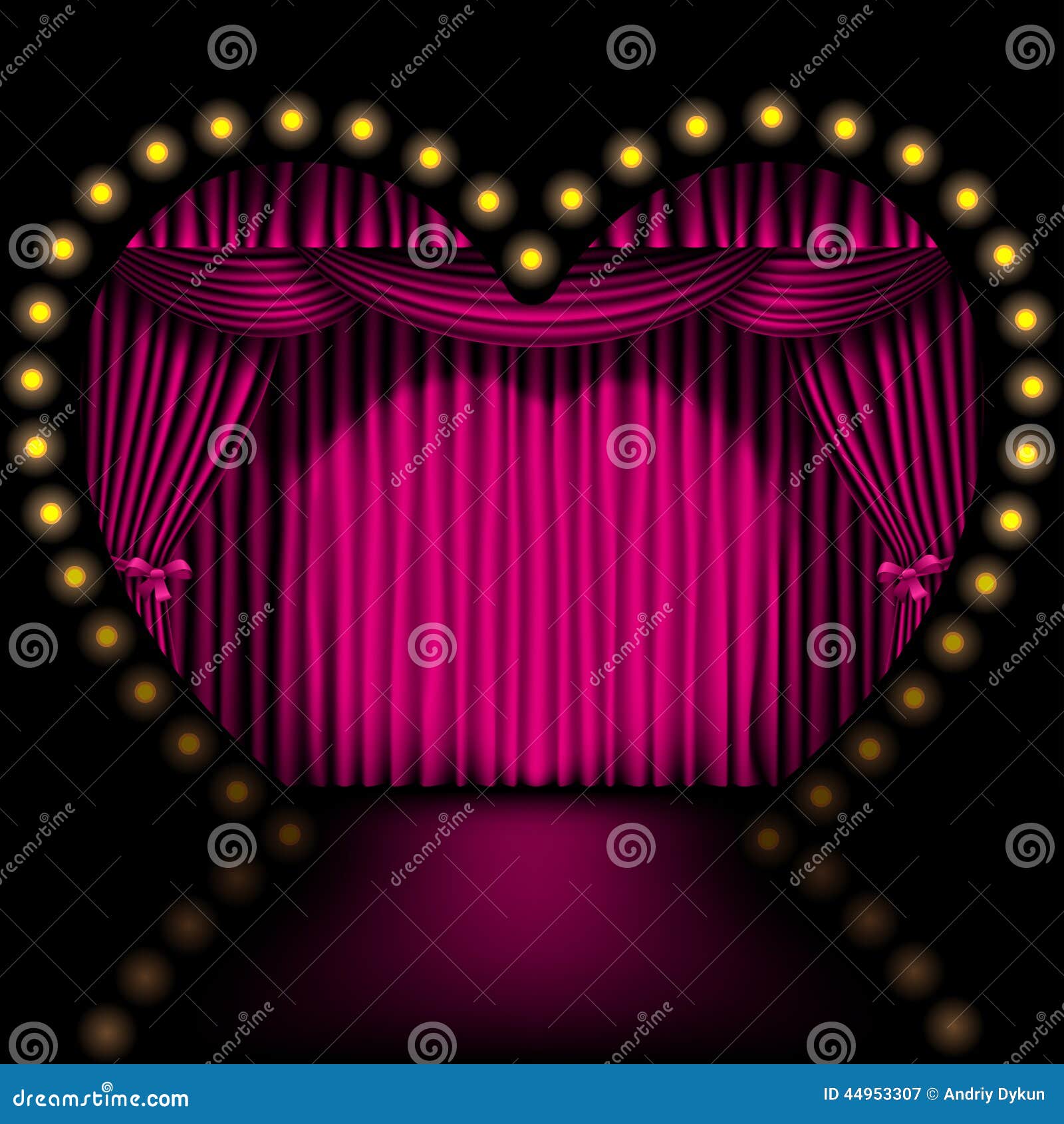

“Thanks to my new art, I have a lush garden all around me. While creating the cut-outs, Matisse hung them on the walls and ceiling of his apartment in Nice, France. Students would then dip the sponge shapes into tempera paint and stamp them onto the paper.

Did he mix kinds of shapes in this painting too? ( Yes, the artist used shapes from nature and geometric shapes here.).Point out that this is the same artist as the one that created Beasts of the Sea, however, this one uses paint instead of cut paper.Henri Matisse, Woman Seated in an Armchair, 1940 From nature/biomorphic? ( Yes, it makes sense that a painting of flowers uses biomorphic shapes-things "from life.").Geometric? ( No hard-edged shapes here.).From nature/biomorphic? ( The big green shape-the vase-in the middle of the painting seems more like something found in nature with its rounded edges.).Geometric? ( The artist used mostly geometric shapes.).Geometric? ( Yes, triangles, a square, and rectangles.)Įdward Steichen, Le Tournesol (The Sunflower), c.IV Lozenge Composition with Red, Gray, Blue, Yellow, and Black, c. Slideshow: Geometric or Biomorphic?: Shapes in Works of Art View the slideshow below and have students point out the shapes they see and define them as being either geometric or from nature/biomorphic: Students will explore other artists who experimented with different kinds of shapes. Lastly, he arranged these biomorphic shapes vertically over rectangles of yellows, greens, and purples to suggest the watery depths of the undersea world. Then he cut this paper into shapes that reminded him of a tropical sea. In this work of art, Matisse first mixed paint to get all the brilliant colors of the ocean. Beasts of the Sea is a memory of his visit to the South Seas. He often traveled to seaports along the French Mediterranean, also visiting Italy, North Africa, and Tahiti. Matisse enjoyed going to warmer places and liked to watch sunlight shimmering on the sea.

“Instead of drawing an outline and filling in the color…I am drawing directly in color,” he said. Still immersed in the power of color, he devoted himself to cutting colored papers and arranging them in designs. In the last few decades of his artistic career, he developed a new form of art-making: the paper cut-out. Biomorphic shapes are often rounded and irregular, unlike most geometric shapes.Īn artist that loved to explore the possibilities of mixing geometric and biomorphic shapes was Henri Matisse. The term biomorphic means: life-form (bio=life and morph= form). These shapes may look like leaves, flowers, clouds-things that grow, flow, and move. They are often found in human-made things, like building and machines while biomorphic shapes are found in nature. Geometric shapes are precise and regular, like squares, rectangles, and triangles. What shapes do you recognize in Beasts of the Sea? Can you find shapes that remind you of playful fish? a floating seahorse? spiral shells? waving seaweed? curvy coral? What about geometric shapes like squares, rectangles, and triangles?Įverything has a shape, right? But what exactly is a shape? Shape is a flat area surrounded by edges or an outline.Īrtists use all kinds of shapes. Large sized colored paper to attach cut shapes to.Heavy cardstock (to prevent curling when painted).Smart Board or computer with ability to project images from slideshow.


 0 kommentar(er)
0 kommentar(er)
